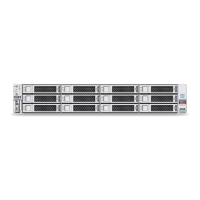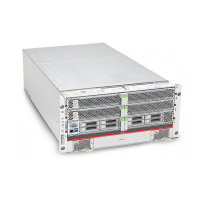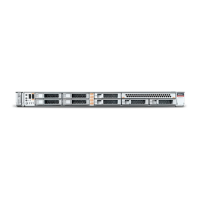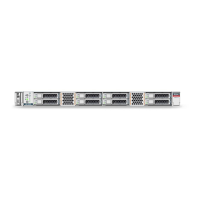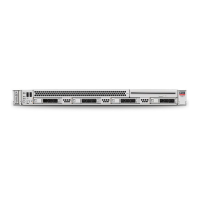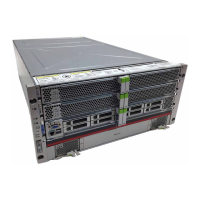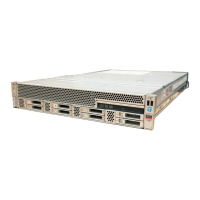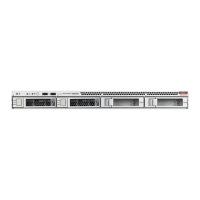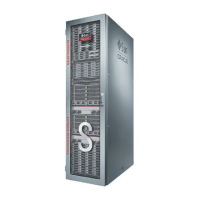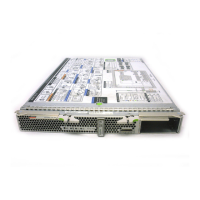virt-install
Command-Line Tools A-3
virt-install
The virt-install command-line tool creates paravirtualized guests and hardware
virtualized guests. virt-install can be used as an interactive shell, or all parameters can
be given at the same time. Enter multiple parameters to the virt-install command-line
tool in the format:
virt-install [option ...]
This section contains a brief explanation of some of the more common virt-install
options. For full documentation, use the virt-install -h command.
Chapter 4, "Creating a Guest Virtual Machine" discusses using the virt-install tool.
Options
[-h | --help]
Displays the virt-install command parameters and their purpose.
# virt-install -h
[-nname | --name=name]
Sets the name of the guest instance.
# virt-install -nMyGuest
[-rRAM | --ram=RAM]
Sets the memory to allocate for a guest instance in Megabytes.
# virt-install --ram=256
[-uUUID | --uuid=UUID]
Sets the UUID (Universally Unique Identifier) for the guest. If none is given, a random
UUID is generated.
# virt-install -u
[--vcpus=number]
Sets the number of virtual CPUs to configure for the guest.
# virt-install --vcpus=2
[-fdiskfile | --file=diskfile]
Sets the file to use as the disk image.
# virt-install --file=/home/myhome/myimage
[-sfilesize | --file-size=filesize]
Sets the size of the disk image (if it does not exist) in Gigabytes.
# virt-install -s2
[-nonsparse]
Do not use sparse files for disks. This option may be significantly slower when
creating guests.
[-mvalue | --mac=value]
Sets the fixed MAC address for the guest; if none or RANDOM is given, a random
address is used.
# virt-install --mac=RANDOM
